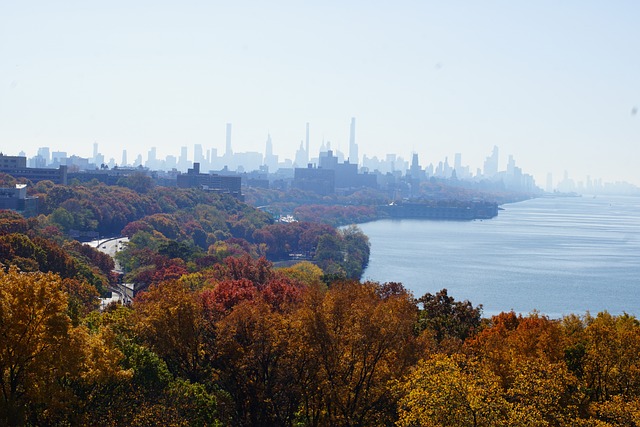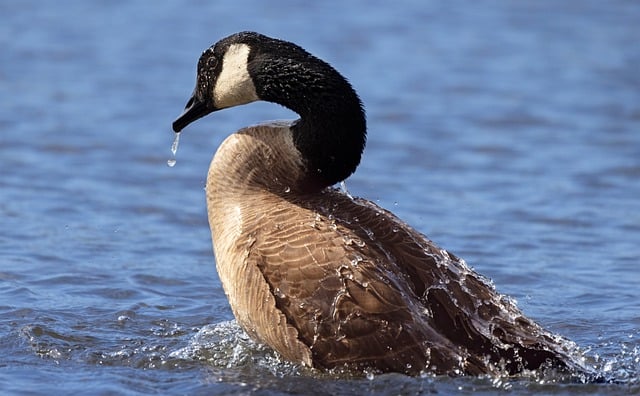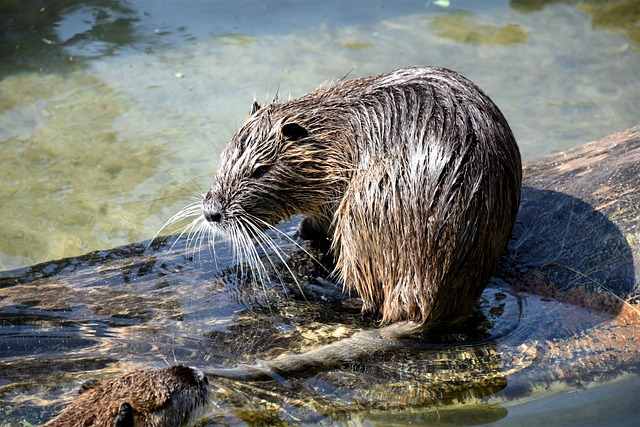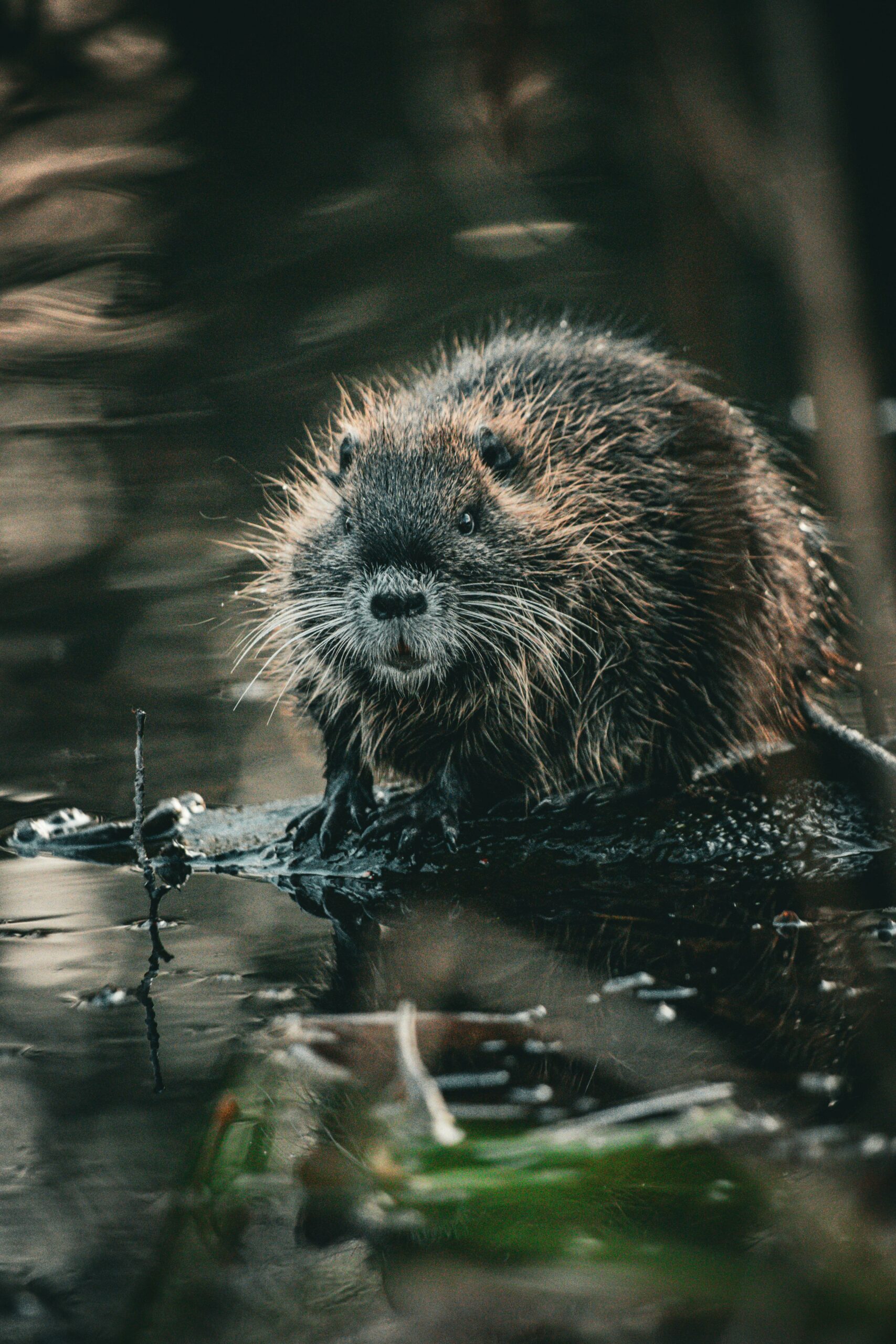The migration of striped bass in the Hudson River is a captivating natural phenomenon that plays a crucial role in the river’s ecosystem. As iconic inhabitants of these waters, striped bass undertake remarkable journeys driven by instinct and environmental factors. In this article, we delve into the intricate patterns of striped bass migration within the Hudson River, exploring the various influences, challenges, and conservation efforts surrounding this migratory species. By understanding the dynamics of their movement and the broader ecosystem they inhabit, we can gain valuable insights into preserving the biodiversity and sustainability of this vital waterway.
1. Introduction to Striped Bass
Background of Striped Bass
Striped bass, also known as “stripers,” are sleek and silvery fish known for their distinctive stripes running along their bodies. These popular sportfish can be found in coastal waters along the eastern United States and are known for their strength and agility.
Importance of Striped Bass in the Ecosystem
Striped bass play a crucial role in the ecosystem as both predator and prey. They help regulate populations of smaller fish species and provide a food source for larger predators like sharks and marine mammals. Additionally, they are valued by recreational anglers and contribute to the economic activity of coastal communities.
2. Overview of Hudson River Ecosystem

Physical Characteristics of the Hudson River
The Hudson River is a vital waterway that flows through eastern New York State, stretching over 300 miles from the Adirondack Mountains to the Atlantic Ocean. Its brackish waters are influenced by tides and provide a unique habitat for various species of fish, including the iconic striped bass.

Biodiversity in the Hudson River
The Hudson River boasts a rich ecosystem teeming with diverse aquatic life. From sturgeon and shad to blue crabs and oysters, the river supports a wide array of species that rely on its waters for survival. The presence of striped bass in the Hudson highlights the interconnectedness of this ecosystem.
3. Factors Influencing Striped Bass Migration
Water Temperature and Quality
Water temperature plays a significant role in the migration patterns of striped bass. These fish prefer temperatures between 55-68°F and will migrate to suitable areas where the water conditions meet their needs. Water quality, including factors like oxygen levels and pollution, also influences their movements.
Food Availability
Availability of food sources, such as baitfish and crustaceans, is a key factor driving the migration of striped bass. These voracious predators follow their prey as they move throughout the Hudson River, seeking out areas with abundant food resources to sustain their energy needs.
Migratory Instincts of Striped Bass
Striped bass exhibit strong migratory instincts, driven by factors like breeding cycles and seasonal changes. They undertake long journeys from their wintering grounds to spawning areas, navigating the waters of the Hudson River with remarkable precision and determination.
4. Patterns of Striped Bass Migration in the Hudson River
Seasonal Migration Patterns
In the Hudson River, the migration patterns of striped bass follow a seasonal rhythm. They typically move upstream in the spring to spawn in freshwater tributaries, then head back downstream towards the coast in the fall as temperatures cool. This cyclical migration pattern is essential for the survival of the species.
Historical Data on Migration Routes
Historical data on migration routes of striped bass in the Hudson River reveal fascinating insights into their behavior and movement patterns. Scientists and researchers study these migration routes to better understand the needs of striped bass and implement conservation measures to protect their populations for future generations to enjoy.
5. Conservation Efforts and Challenges
Current Conservation Programs
Striped bass have a fan club of conservationists working hard to keep their population thriving. Programs like the Hudson River Estuary Program and the Striped Bass Cooperative Angler Program aim to monitor and protect the striped bass population through research, education, and outreach efforts.
Threats to Striped Bass Population
Despite their cool stripes and charming personalities, striped bass face some serious threats. Overfishing, habitat loss, pollution, and changes in water temperature due to climate change all pose risks to their survival. It’s like they’re living in a real-life soap opera, but we’re rooting for them to make it through each season!
6. Impact of Climate Change on Migration Patterns
Climate Change Effects on Hudson River Ecosystem
Climate change is crashing the striped bass party in the Hudson River. Rising water temperatures, unpredictable weather patterns, and changing food availability are throwing off their migration schedules and disrupting their ecosystem. It’s like trying to plan a road trip with Google Maps constantly changing the route!
Adaptation Strategies for Striped Bass
To help the striped bass adapt to these climate change curveballs, researchers are exploring ways to enhance habitat resilience, improve water quality, and ensure sufficient food sources. It’s like giving them a survival kit for the wildest reality show ever.
7. Management Strategies for Sustainable Striped Bass Populations
Regulatory Measures for Fishing
To keep the striped bass population in check, fishing regulations like size limits, bag limits, and seasonal restrictions are put in place. It’s like telling them, “Hey, we want you around for the long haul, so let’s play it cool with the fishing, okay?”
Habitat Restoration Initiatives
Restoring and protecting striped bass habitats along the Hudson River is crucial for their survival. Initiatives like wetland restoration, shoreline stabilization, and water quality improvements are like giving them a fancy new apartment with all the amenities. It’s a makeover that even HGTV would be proud of!In conclusion, the migration of striped bass in the Hudson River serves as a poignant reminder of the interconnectedness between species and their environment. By continuing to study and protect these magnificent fish and their migratory patterns, we can work towards ensuring a thriving ecosystem for both present and future generations to enjoy. Through conservation efforts, collaborative management strategies, and a deeper appreciation for the natural wonders of the Hudson River, we can strive to safeguard the delicate balance that sustains this unique habitat and its diverse inhabitants.









